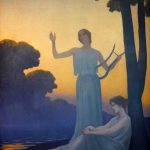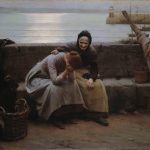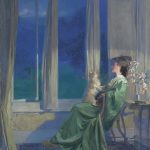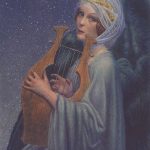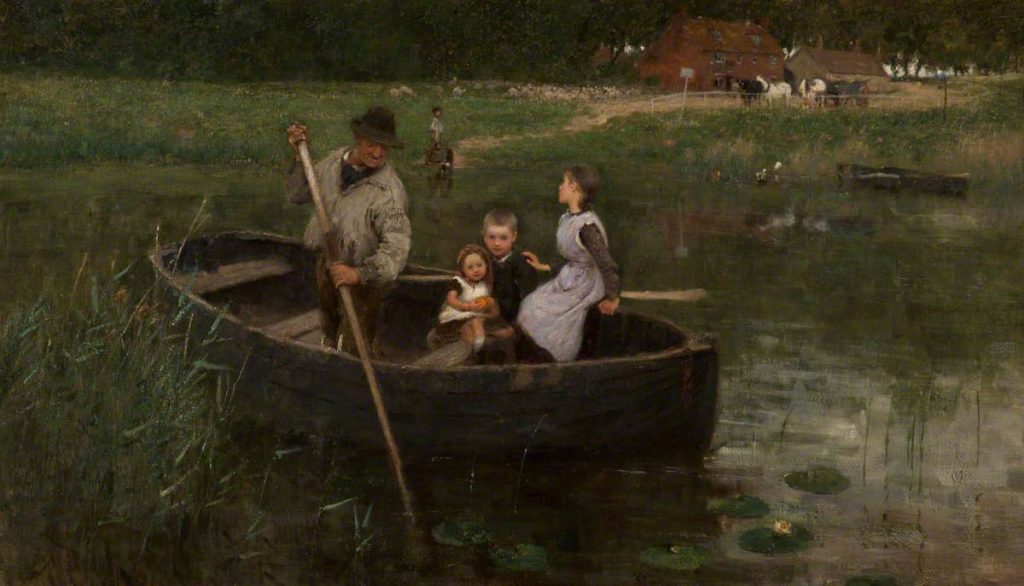
Edward Stott, born on January 17, 1859, in Rochdale, England, emerged from the Victorian era as a prominent figure in the realm of British art. Growing up in the industrial landscape of the 19th century, Stott’s early life was marked by a deep connection to nature and a burgeoning fascination with the visual arts. At the age of 16, he entered the Manchester School of Art, laying the foundation for a career that would weave together the threads of naturalism and symbolism.
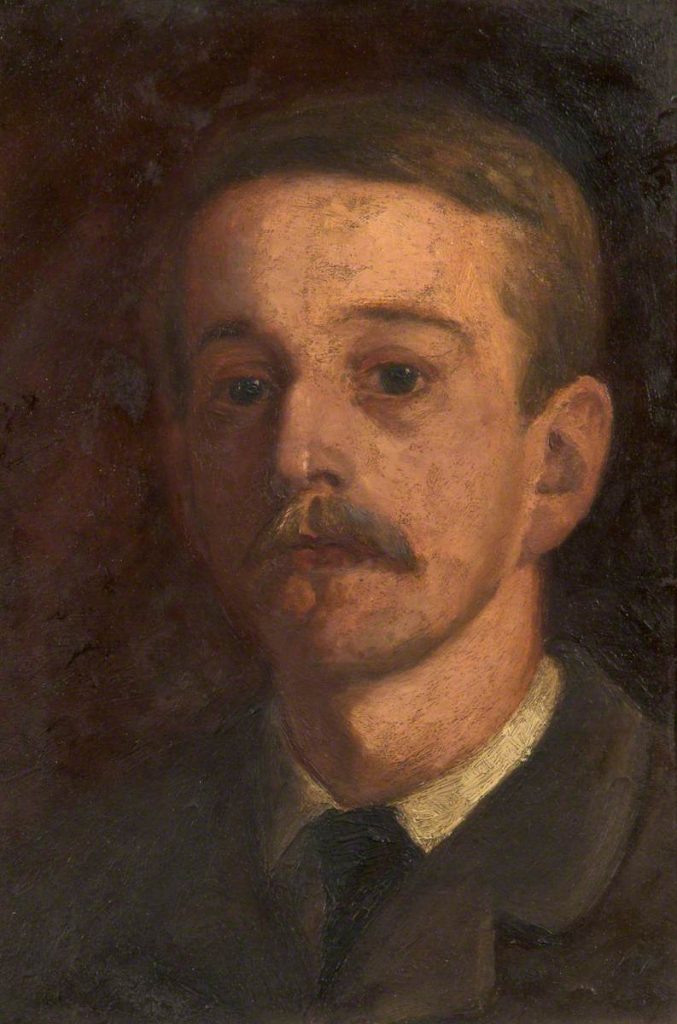
Stott’s artistic journey gained momentum when he moved to Paris in 1883 to study at the École des Beaux-Arts. Immersed in the vibrant cultural milieu of the French capital, he found inspiration in the works of the Barbizon School and the burgeoning Symbolist movement. This period of exposure would shape Stott’s distinctive approach to art, characterized by a harmonious blend of naturalistic observation and a poetic, often symbolic, interpretation of the world.
A Symphony in Color
In the late 19th century, Stott became associated with the Newlyn School, a community of artists centered in the picturesque fishing village of Newlyn, Cornwall. The rugged coastal landscapes and the daily lives of the local fishing community provided Stott with a rich tapestry of subjects. His paintings, characterized by a luminous use of color and an emphasis on atmosphere, conveyed a deep empathy for the human condition and a profound connection to the natural world.
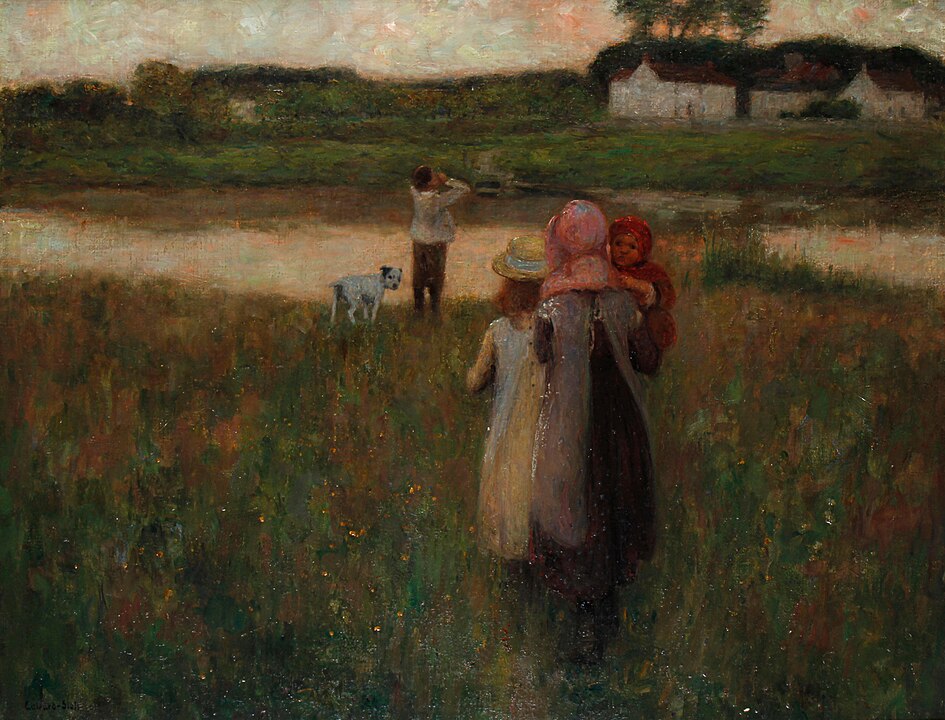
Stott’s notable work, “The Ferryman” (1889), exemplifies his ability to infuse ordinary scenes with a transcendent quality. The play of light on water, the subtle interplay of colors, and the contemplative mood of the ferryman capture the essence of Stott’s artistic vision. His contribution to the Newlyn School marked a significant chapter in the evolution of British art, bridging the gap between realism and a more atmospheric, symbolist approach.
Between Two Worlds
As the 20th century approached, Stott’s art underwent a subtle yet profound transformation. Influenced by the Symbolist movement and his own spiritual reflections, he delved into subjects that transcended the purely representational. Stott’s fascination with the mystical aspects of nature and the intersection between the visible and invisible realms manifested in works like “The Poet and the Birds” (1900).
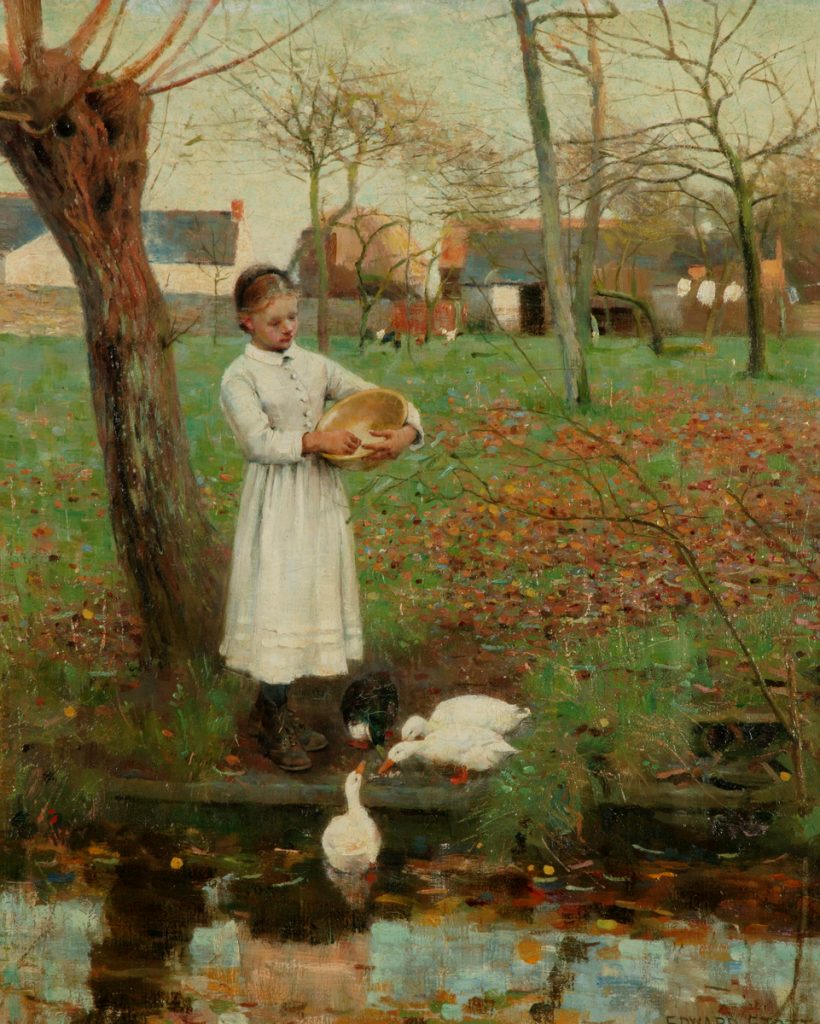
In this period, Stott’s paintings became imbued with a dreamlike quality, blurring the boundaries between reality and the metaphysical. His exploration of symbolism and spirituality found expression in allegorical themes, where nature became a metaphor for deeper, universal truths. Stott’s ability to convey the ineffable through his brushstroke set him apart as an artist who sought to elevate the viewer’s experience beyond the confines of the canvas.
The Legacy Unfolding
Edward Stott continued to paint and exhibit his work until his death on March 1, 1918. While not as widely recognized as some of his contemporaries, his legacy endures through the subtle yet profound impact of his artistic contributions. Stott’s ability to capture the soul of the landscape and infuse it with spiritual undertones left an indelible mark on British art.
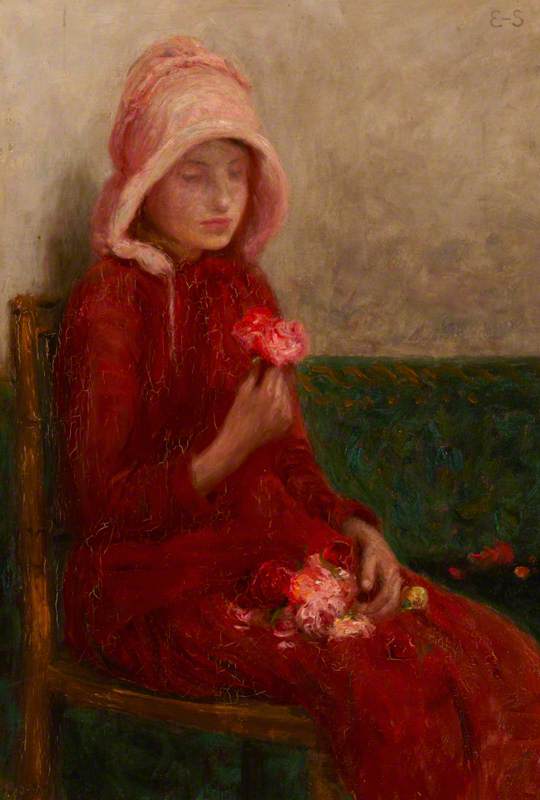
In the unfolding tapestry of art history, Stott’s work serves as a bridge between the naturalistic traditions of the 19th century and the more introspective, symbolist tendencies of the early 20th century. His paintings, suffused with a quiet lyricism and a deep reverence for nature, continue to resonate with those attuned to the subtle beauty that exists in the ordinary and the extraordinary. Edward Stott, a quiet luminary of his time, beckons viewers to pause, reflect, and find solace in the nuanced harmony of his artistic legacy.

